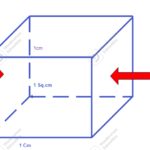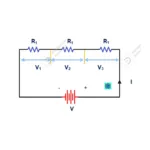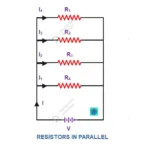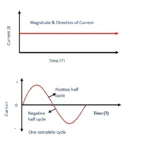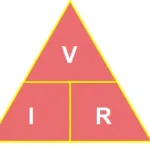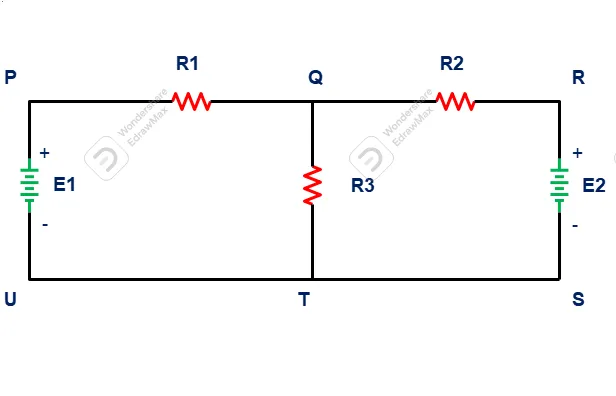During 1781, a Cavendish scientist Mr. George Smith Ohm was carrying out an experiment which related to Leiden gars (which used store strong electrical charges). During this experiment he experienced severe electrical shock. Because circuit became completed through his body. Further he observed that magnitude of current depends upon electromotive force applied to it.

Later 1827 He derived relation between current, voltage, and resistance as below,
Definition
Ohms Law says Current flowing through an electrical circuit is directly proportional to applied voltage and inversely proportional to the resistance offered by the circuit while ambient temperature and other conditions are remains constant.
As per above state
I = V/R ———–(1)
Where,
I – Current flowing through a circuit
V – Voltage applied to circuit
R-Resistance offered by circuit
The above equation (1) can be re-written as
V = IR
R =V/I

Units
Voltage = Volts
Current = Ampere
Resistance = Ohm
Relationship between Voltage and Current

The above relationship graph verify that ratio between voltage and current magnitude is linear while remaining condition kept constant
| Voltage (V) | Current ( I ) | Resistance ( R ) (V/R) |
|---|---|---|
| 10 | 5 | 2 |
| 20 | 10 | 2 |
| 30 | 15 | 2 |
| 40 | 20 | 2 |
| 50 | 25 | 2 |

